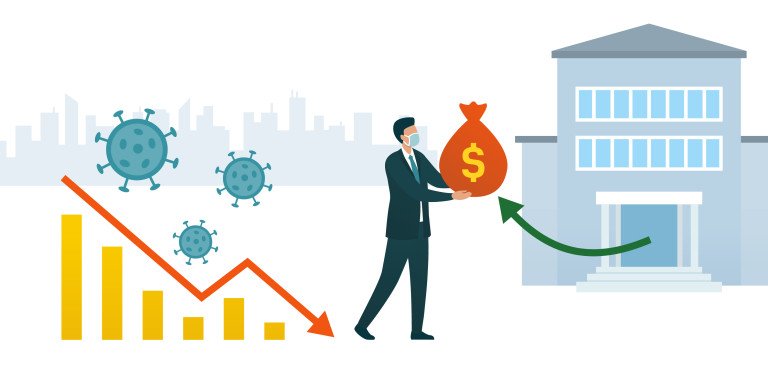Recovering from COVID – Federal Response Funding
Article | 05.06.2021The COVID-19 pandemic posed unprecedented challenges for school districts. Challenges not considered eighteen months ago.
In response, the federal and state governments have marshaled resources to aid those most impacted by the pandemic. Federal aid for schools began with the Coronavirus Aid, Relief, and Economic Security (CARES) Act passed last March. The CARES Act provided $13.2 billion in assistance for K-12 education.
Congress followed with two additional stimulus programs. The Coronavirus Response and Relief Supplemental Appropriations Act (CRRSAA) in December 2020 allocated $54 billion for education. The American Rescue Plan (ARP), passed in March, provides an additional $122 billion in assistance.
Each act allocates assistance through the Elementary and Secondary School Emergency Relief (ESSER) Fund. Known respectively as ESSER I, II, and III, there are allowable and unallowable expenses. Districts should contact and coordinate with the Michigan Department of Education for specific actions, requirements, and allowable expenses, which include, among others:
- Maintaining operations, services, and staff employment
- Providing districts and principals to address school needs on an individual basis
- Repairing school facilities, especially ventilation systems, to improve air quality and reduce the spread of Covid
- Coordination of preparedness and response efforts to COVID-19
- Providing principals and other school leaders with resources to address individual school needs
- Activities to address the unique needs of low-income children, children with disabilities, English learners, racial and ethnic minorities, students experiencing homelessness, and foster care youth
- Training and professional development for district staff on sanitation and minimizing the spread of infectious disease
- Purchasing supplies to sanitize and clean district facilities
- Planning for and coordinating during long-term closures
- Purchasing educational technology, including hardware, software, and connectivity
- Providing mental health services and supports
- Planning and implementing summer learning and supplemental afterschool programs
There are multiple allowable uses that districts can employ to meet COVID-related needs. The U.S. Department of Education (DOE) is currently seeking input from students, educators, school board members, and others for strategies to spend much of the ESSER III dollars https://bestpracticesclearinghouse.ed.gov. DOE seeks information regarding reopening schools safely, assessing the pandemic impact on students, addressing learning loss, and possible teacher shortages and professional development.
DOE guides current actions for safely reopening schools and meeting the needs of all students through these publications, respectively - https://www2.ed.gov/documents/coronavirus/reopening.pdf and https://www2.ed.gov/documents/coronavirus/reopening-2.pdf. ESSER funds could be used for the implementation of those actions.
An essential requirement of all ESSER funding is that the use of federal dollars must meet the “maintenance of effort” requirement. That requirement ensures that the money expands educational opportunities and does not replace state and local dollars.
ESSER funding offers an opportunity to recover from some of the effects of the pandemic. It allows districts to move forward to improve operations, procedures, and the physical teaching and learning environment.
